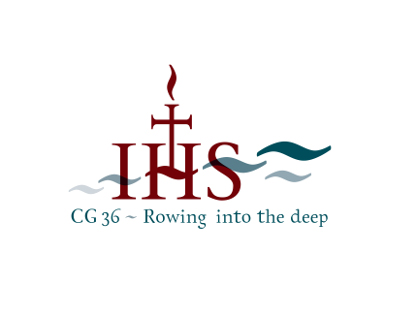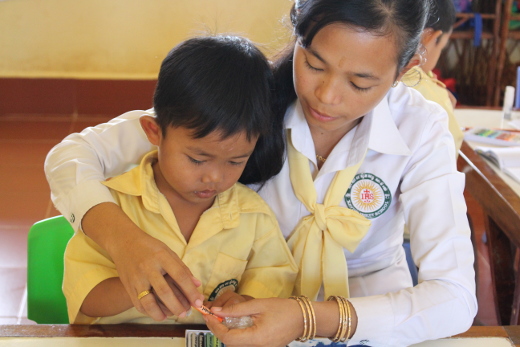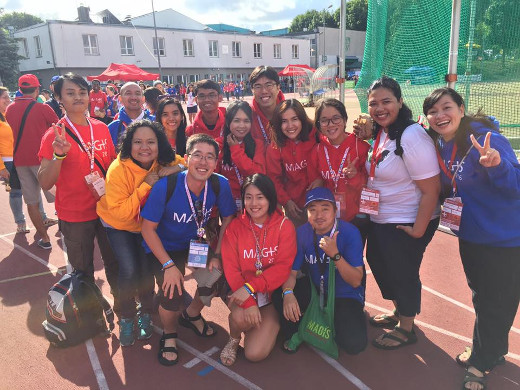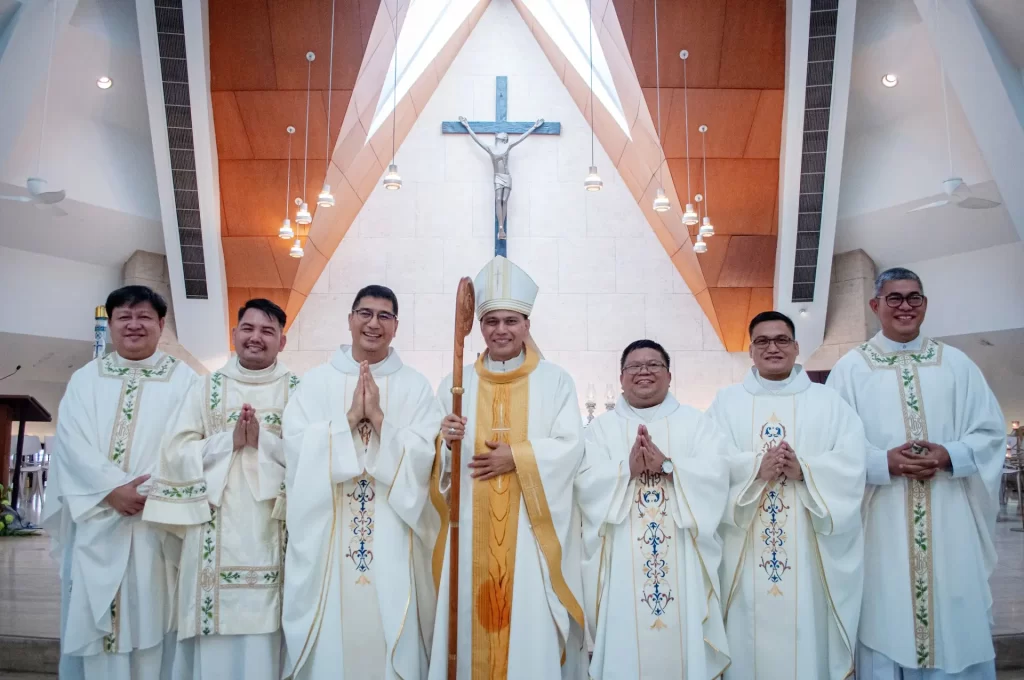
The election at GC 36 of Fr Arturo Sosa, a Venezuelan, as 31st Jesuit Superior General was a sea change for the Jesuits in Asia Pacific, since he replaces Fr Adolfo Nicolás who is very familiar with Asian ways having lived in Asia most of his life.
In discerning and navigating the deep Asia Pacific waters, we know we are not alone; many share our concern for the Gospel of Jesus and hear the voices of the poor and excluded. The Congregation calls us to collaborate and network among ourselves and with many others, and the structures we have been putting in place facilitate this. The Jesuit Conference of Asia Pacific functions as layers of networks, linking Jesuits, institutions and many friends and collaborators across many countries. As we move forward, we continue to avail of contemporary means of communication that offer new ways to mobilise human and material resources beyond borders in support of mission.

Vitality is evident in the many educational initiatives. In Timor-Leste, Myanmar, Thailand, Cambodia and the Philippines, new educational institutions, such as Xavier Jesuit School in Cambodia, join an impressive network of established Jesuit and partner schools. Constantly through the year, we mount formation programmes for teachers, administrators and students to imbibe and practise Ignatian principles in pedagogy, prayer or leadership. Critical support is given to many networks of local schools, especially in the rural communities, such as in Battambang Prefecture in Cambodia.
Vitality and promise are also evident in the preparation of Jesuit and lay leaders. Some, even before completing the workshops, are assigned to new responsibilities.
The ministry among young people in particular is marked by energy, joy, depth. Through the Ignatian “Magis” methodology, selected young adults engage in meaningful encounters with, for example, farmers, villagers, homeless persons, people of other faiths. This is followed by reflection together, prayer and confirmation of changes desired in their lives. Strong friendships grow from this and networks of mutual support are built from the friendships formed in these encounters.
There is a long Jesuit tradition of seeking to understand China, and we continue in this tradition, respecting the giant’s history and millennia of deep culture. The Jesuit way, while defending the right of people to live the Gospel, is to dialogue with other cultures and religions. In Asia Pacific, we know all too well what it means to be a minority religion in a country.
The winds and tides may not always be favourable, but our mission and hence our direction is clear, and we thank the many friends who row together in faith with the Jesuits in Asia Pacific.
Fr Mark Raper SJ
President, Jesuit Conference of Asia Pacific







